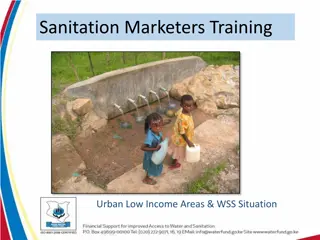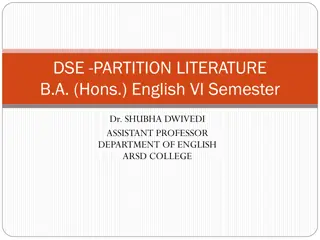Principles of Human Settlements: Planning Works and Designs
Focusing on the planning works and designs in human settlements, this content discusses Radburn, a pioneering American Garden City that prioritizes community amenities, green spaces, and sustainable urban design principles. It delves into Henry Wright's "Six Planks for a Housing Platform," emphasizing comprehensive planning, community-centric development, and equitable housing access. Through the exploration of Radburn's layout, superblocks, pedestrian pathways, and energy-efficient urban form, this content highlights innovative approaches to human settlement planning.
Download Presentation

Please find below an Image/Link to download the presentation.
The content on the website is provided AS IS for your information and personal use only. It may not be sold, licensed, or shared on other websites without obtaining consent from the author. Download presentation by click this link. If you encounter any issues during the download, it is possible that the publisher has removed the file from their server.
E N D
Presentation Transcript
Subject: Principles Of Human Settlements-I Topic: Planning Works Presented by: Fazlur Rahman
RADBURN a town for motor age -was the first and only attempt at an American Garden City. Tot Lot senior citizen club. Radburn PreSchool CHARACTERISTICS interior parks in the neighborhood cul-de-sacs organized superblocks separated automotive and pedestrian traffic to make walking safe clubroom facilities sports programme library gymnastics amateur dramatics aerobics
PHILOSOPHY- HENRY WRIGHT'S "SIX PLANKS FOR A HOUSING PLATFORM". HENRY WRIGHT'S "SIX PLANKS FOR A HOUSING PLATFORM". 1. Plan simply, but comprehensively. Don't stop at the individual property line. Arrange buildings and grounds so as to give sunlight, air and a tolerable outlook to even the smallest and cheapest house. 2. Provide ample sites in the right places for community use: i.e., playgrounds, school gardens, schools, theatres, churches, public buildings and stores. 3. Put factories and other industrial buildings where they can be used without wasteful transportation of goods or people. 4. Cars must be parked and stored, deliveries made, waste collected - plan for such services with a minimum of danger, noise and confusion. 5. Bring private and public land into relationship and plan buildings and groups of buildings with relation to each other. Develop collectively such services as will add to the comfort of the individual, at lower cost than is possible under individual operation. 6. Arrange for the occupancy of houses on a fair basis of cost and service, including the cost of what needs to be done in organizing, building and maintaining the community.
Shopping centre Super blocks Tennis court Green spaces Radburn school
boulevard Local street Through street -Separate pedestrian paths run through the green spaces between the culs-de-sac and through the central green spine -The impact of Radburn's urban form on energy consumption for short local trips - 47% of its residents shopped for groceries on foot
Superblock organized houses faced inward towards other houses and green space away from automotive traffic . A view of the building most houses of equal and modest means. orientation is such that their front doors were facing a park or a "walk street" leading to the park with a secondary entrance on the street side of the home . A Radburn cul-de-sac No major run through- they exist at boundaries. pathways provided uninterrupted pedestrian access to continous parks. green areas
DEFECTS DEFECTS land allocated to most homes was relatively limited -the emphasis on common areas and an extensive interior park system. Small home plots - resulted in the construction of relatively small homes by 21st century U.S. standards, homes that couldn't be expanded. The typical closeness of the houses - less privacy compared to other types of homes built during the same period. congestion arose on the cul-de-sacs .
. Mumford s fullest hopes were not realized for Radburn. He hoped to introduce civic and cultural institutions on par with major urban centers the RPAA could not realistically build Radburn in a way that would attract low- income families could not afford the cost - building was simply too expensive. The original development plan was to have covered a far larger geographical area - limited actual development of the Radburn idea due to economic reasons. Areas that were built
Cityinhistory.gif THE CITY IN HISTORY urges for a world not in which technology reigns, but rather where it achieves a balance with nature. TECHNOLOGY NATURE VISION - "organic city," where culture is not usurped by technological innovation but rather thrives with it. the book is not an attack on the city, but rather an evaluation of its growth, how it came to be, and where it is heading urged that technology achieves a balance with nature and hoped for rediscovery of urban principles that emphasised humanity s organic relationship to its environment. Yet some of the key ideas promoted by Mumford have increasing resonance with the sustainability and green agenda of the early 21st century. a
CRITIQUE + +veS veS -organic analysis is synonymous with present day sustainability - technology should be under human control - strong respect for the subjective, vital forces of humanity. - his concept of regional city if applied, can reduce energy consumption and provide less congested living spaces. - -ves ves - he opposed technology blindly - said benign social structures will arise organically as a unique function of urbanisation , has shown itself to be wrong. Instead cities have proven to be concentration of human ill effects like crime , drugs, polllution etc Lewis Mumford was not necessarily a practical man and rarely took a pragmatic approach to problem solving. His suggestions were rarely, if ever, applied entirely.
born 19 March 1932 PETER HALL
PLANNING THEORY SIR PETER HALL TOWN PLANNER, URBANIST AND GEOGRAPHER PLANNING DEMOGRAPHIC ECONOMIC CITY CULTURAL MANAGEMENT STUDY THE CITIES FROM MULTIPLE ANGLES
URBAN ENTERPRISE ZONES (UEZS) INTRODUCED BY SIR PETER HALL(HALL 1991), AS A WAY TO REVIVE BRITAIN'S DECLINING INDUSTRIAL CITIES ENTREPRENEURS AND INVESTORS LAUNCH BUSINESSES IN POOR NEIGHBORHOODS LOCATE FREE OF CERTAIN LOCAL, STATE, AND FEDERAL TAXES AND RESTRICTIONS ECONOMICALLY DEPRESSED URBAN COMMUNITIES Stimulating economic growth + JOB OPPORTUNITIES DEVELOPMENT
Sociable Cities (1998), an analysis of the legacy of Ebenezer Howard, whose Garden Cities of To-Morrow (1902), became the most influential and important book in the history of 20th-century city planning. That same year, Professor Hall published his wide-ranging Cities in Civilization: Culture, Technology and Urban Order, an 1169-page venture into the comparative cultural history of cities, which investigates the exceptional cultural creativity which distinguished the world s great cities in their golden ages, from ancient Athens to late 20th-century London.
BIBLIOGRAPHY UNESCO Culture World Heritage Centre The List World Heritage List http://www.tel-aviv.gov.il/English http://www.tel aviv.gov.il/English/Environment.htm http://www.telavivfoundation.org/ http://en.wikipedia.org/wiki/File:LocationIsrael.svg http://leadel.net/talks/israel/tel-aviv-history-urban-planning-1920s http://en.wikipedia.org/wiki/Tel_Aviv Tel Aviv-Yafo Centennial Year website; the Ahuzat Bayit collection, which focuses on the founding families of Tel Aviv, and includes photographs and biographies; and Stanford University's Eliasaf Robinson Tel Aviv Collection Israel community forum http://esra-magazine.com/blog/post/israel-sir-patrick-geddes-plan-for-tel-aviv http://lib.stanford.edu/telaviv http://en.wikipedia.org/wiki/File:Locationpeterhall.svg
BIBLIOGRAPHY http://www.nd.edu/~ehalton/mumfordbio.html http://en.wikipedia.org/wiki/Regional_Planning_Association_of_America http://mumford.albany.edu/mumford/chronology_lm.htm en.wikipedia.org/wiki/Radburn,_New_Jersey www.albany.edu/mumford/About_us/who_is_lm.htmL web.mit.edu/sts/pubs/pdfs/MIT_STS_WorkingPaper_2_Marx.pdf www.nd.edu/~ehalton/mumfordbio.html Invisible Cities: Lewis Mumford, Thomas Adams, and the Invention of the Regional City, 1925-1929 by Andrew A. Meyers, Department of History ,Columbia University Lewis mumford- prophet of organicism by lee marx The City in History - LEWIS MUMFORD





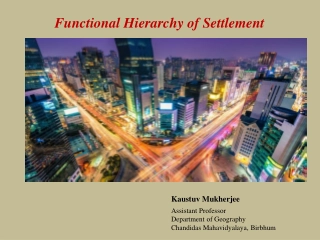

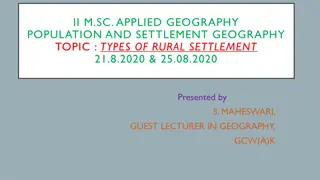

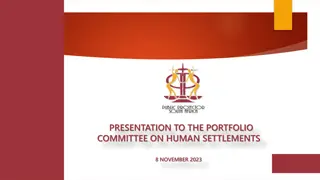
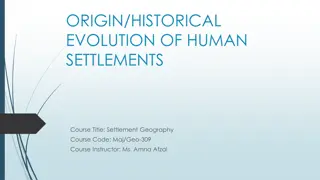
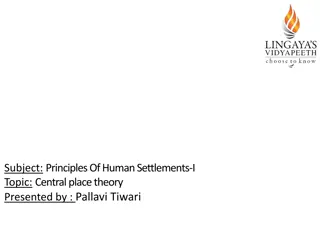


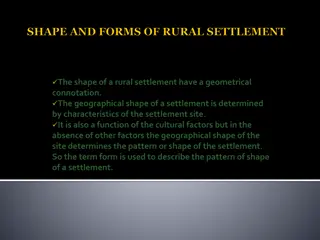

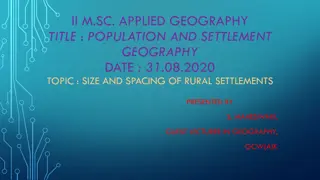
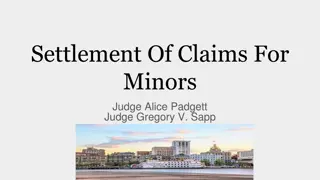
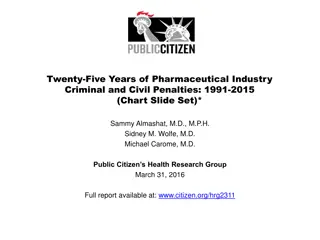

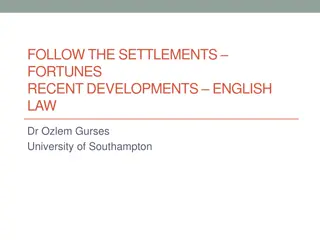
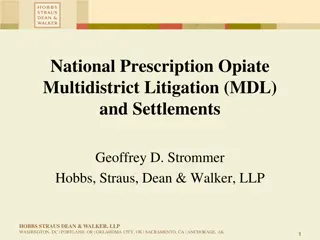



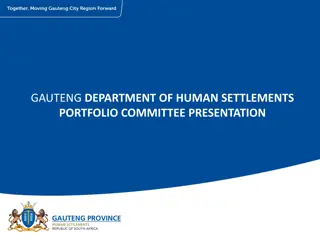


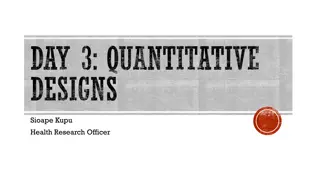
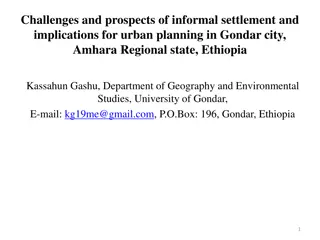
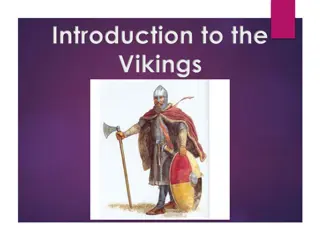

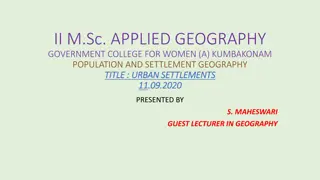
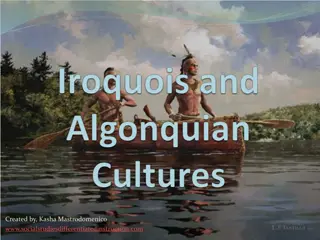


![Property Settlements in Family Law: Case Study of Stamatou & Stamatou [2022] FedCFamC1F 241](/thumb/63303/property-settlements-in-family-law-case-study-of-stamatou-stamatou-2022-fedcfamc1f-241.jpg)

